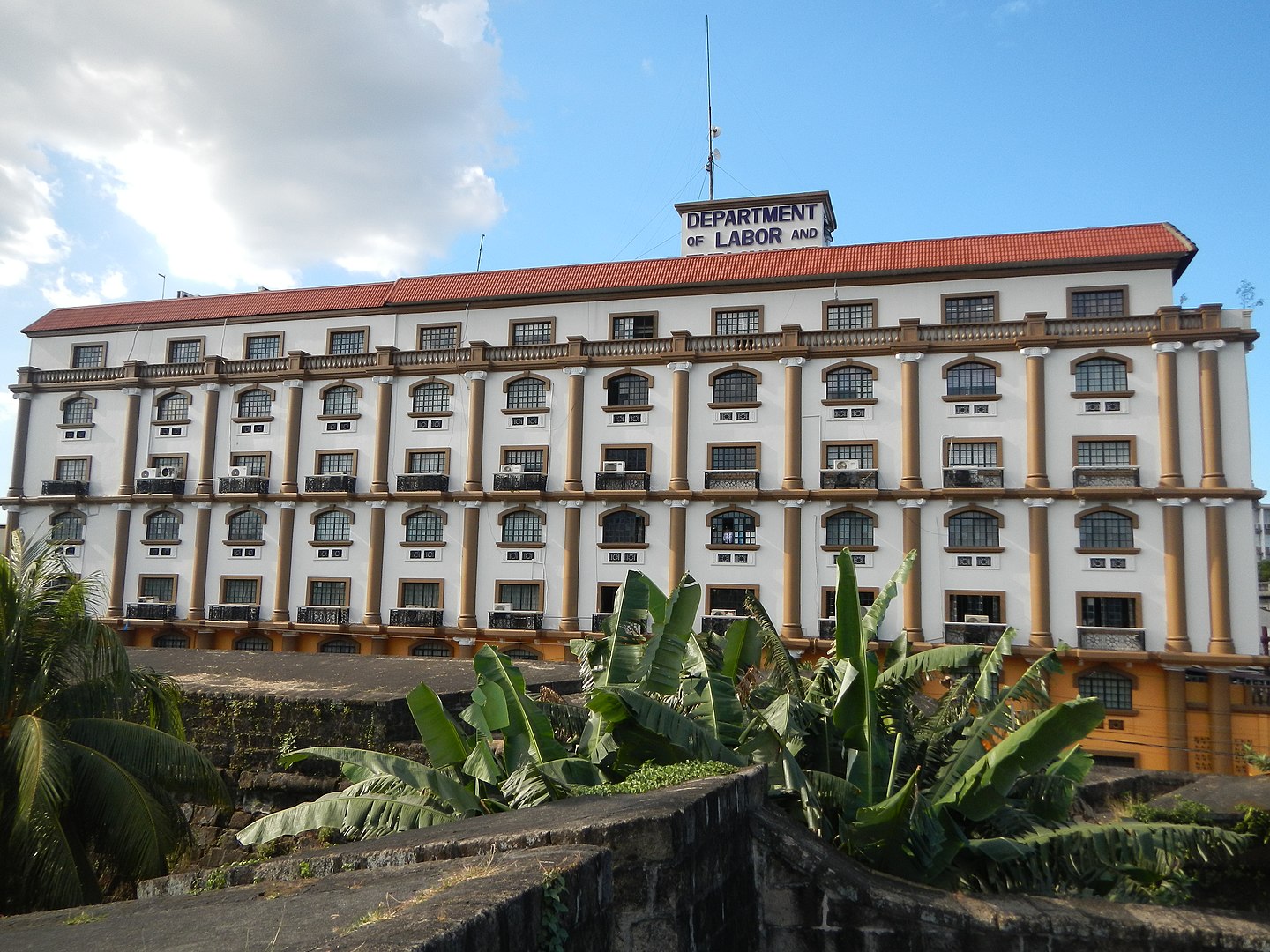
MANILA – The Department of Labor and Employment (DOLE) has allotted more than PHP300 million for the emergency employment assistance of 15,000 informal sector workers in three regions that were affected by Super Typhoon Rolly.
Labor Undersecretary Ana Dione said the funds have been released to the regional offices in Bicol Region, Calabarzon, and Mimaropa.
“The budget is PHP306 million and has been downloaded to our regional offices (in the three regions),” she said in a Laging Handa presser on Friday.
The bulk of the funds was given to Bicol Region amounting to PHP200 million, while Calabarzon and Mimaropa received PHP33 million and PHP73 million, respectively.
Dione added that 5,000 workers will be hired under the DOLE’s Tulong Panghanapbuhay sa Ating Disadvantaged/Displaced Workers (TUPAD), from each province affected by the super typhoon.
“Our personnel are now coordinating with local government units. They are conducting profiling as we speak. Secretary Silvestre [Bello] III has directed the regional offices to provide TUPAD beneficiaries of 5,000 workers per province,” she said.
TUPAD beneficiaries are given emergency employment and are paid the minimum wage prevailing in their respective areas.
The DOLE official added there are two ways for beneficiaries to be able to apply for the program.
“They can apply through the local government units. They just approach their barangay (village) captains and indicate their desire to be included in emergency employment. The barangay captain will submit it to the LGU through the Public Employment Service Office and connect it to the DOLE,” she said. “They can also apply at the DOLE regional office and field office. They just need to indicate that they want to be included in emergency employment.”
She reported that based on the report of their regional offices, initial data showed that some 241,000 families have been affected by “Rolly”.
“Initial data from our regional offices revealed that families affected in Region 5, numbering to 83,000; there are 135,000 in Region 4-A and 23,000 in Region 4-B,” she added.